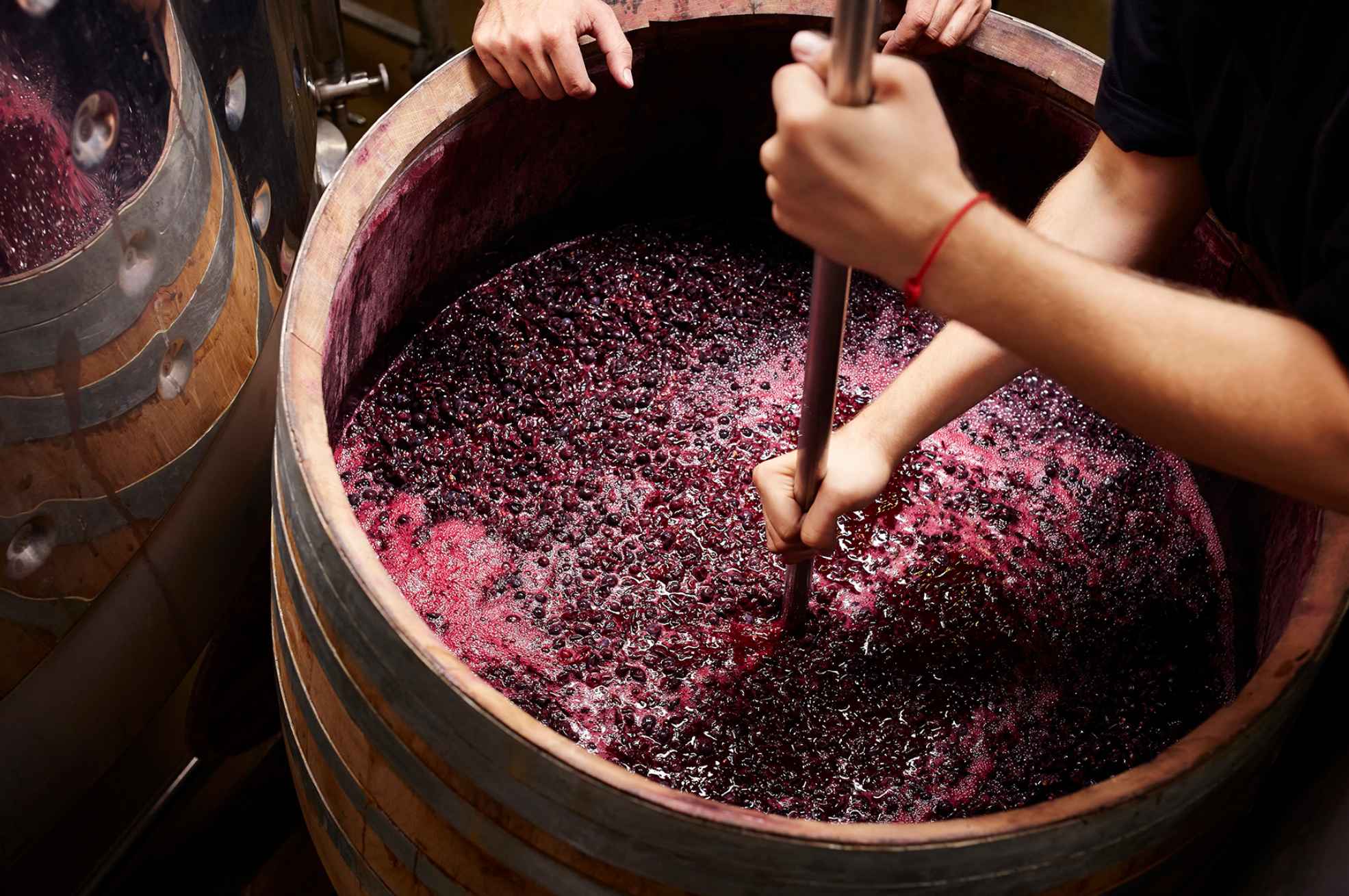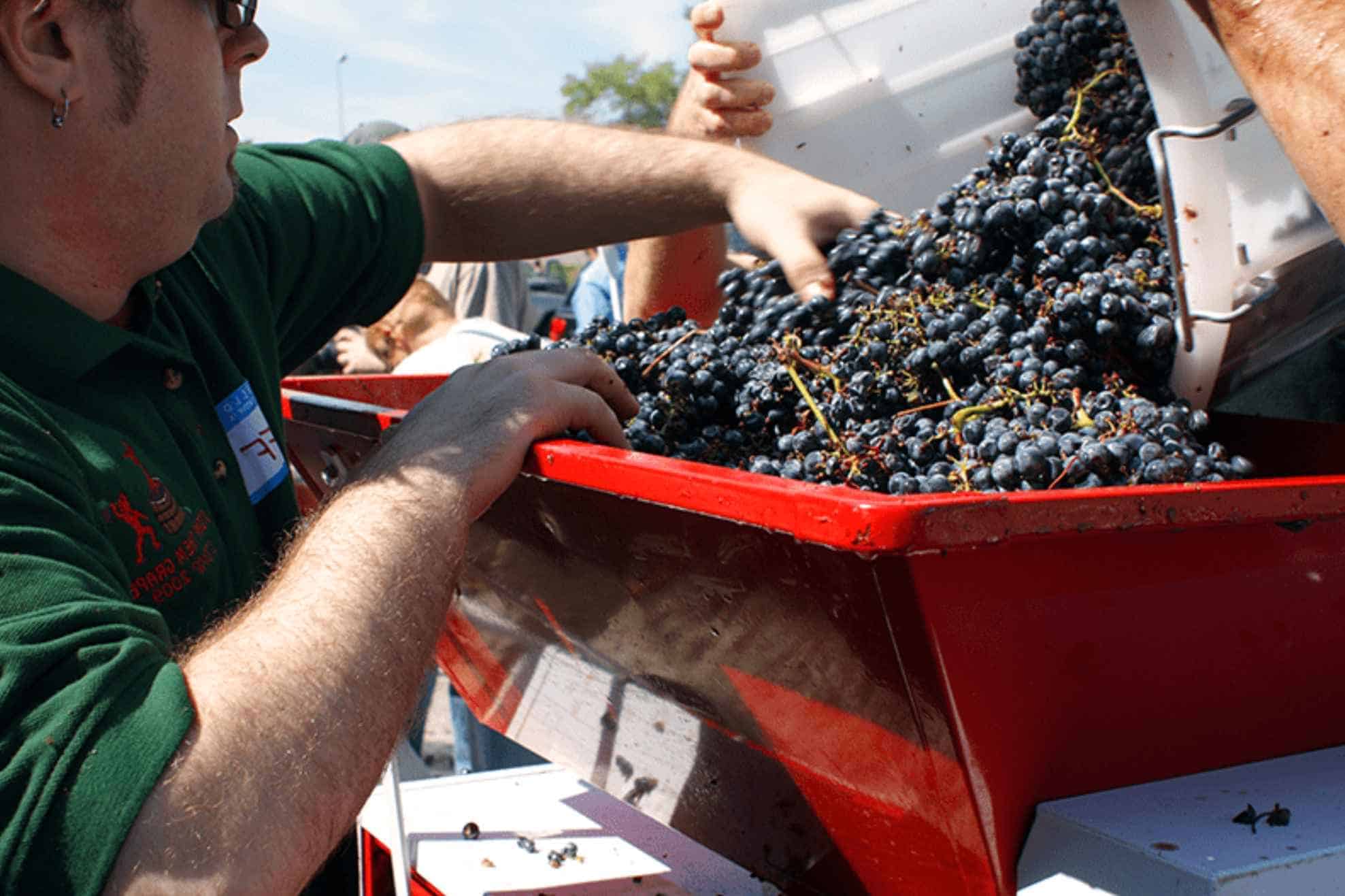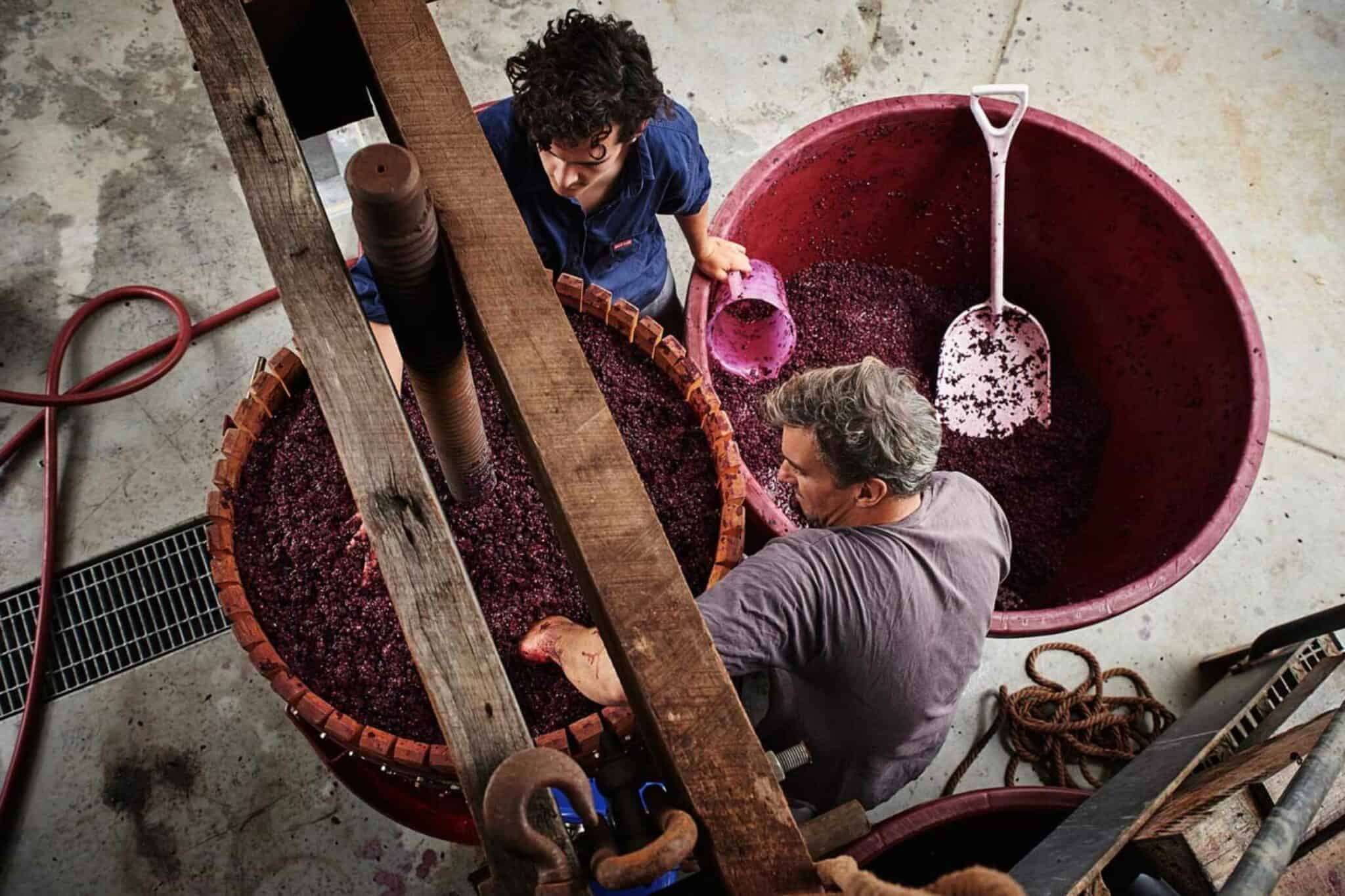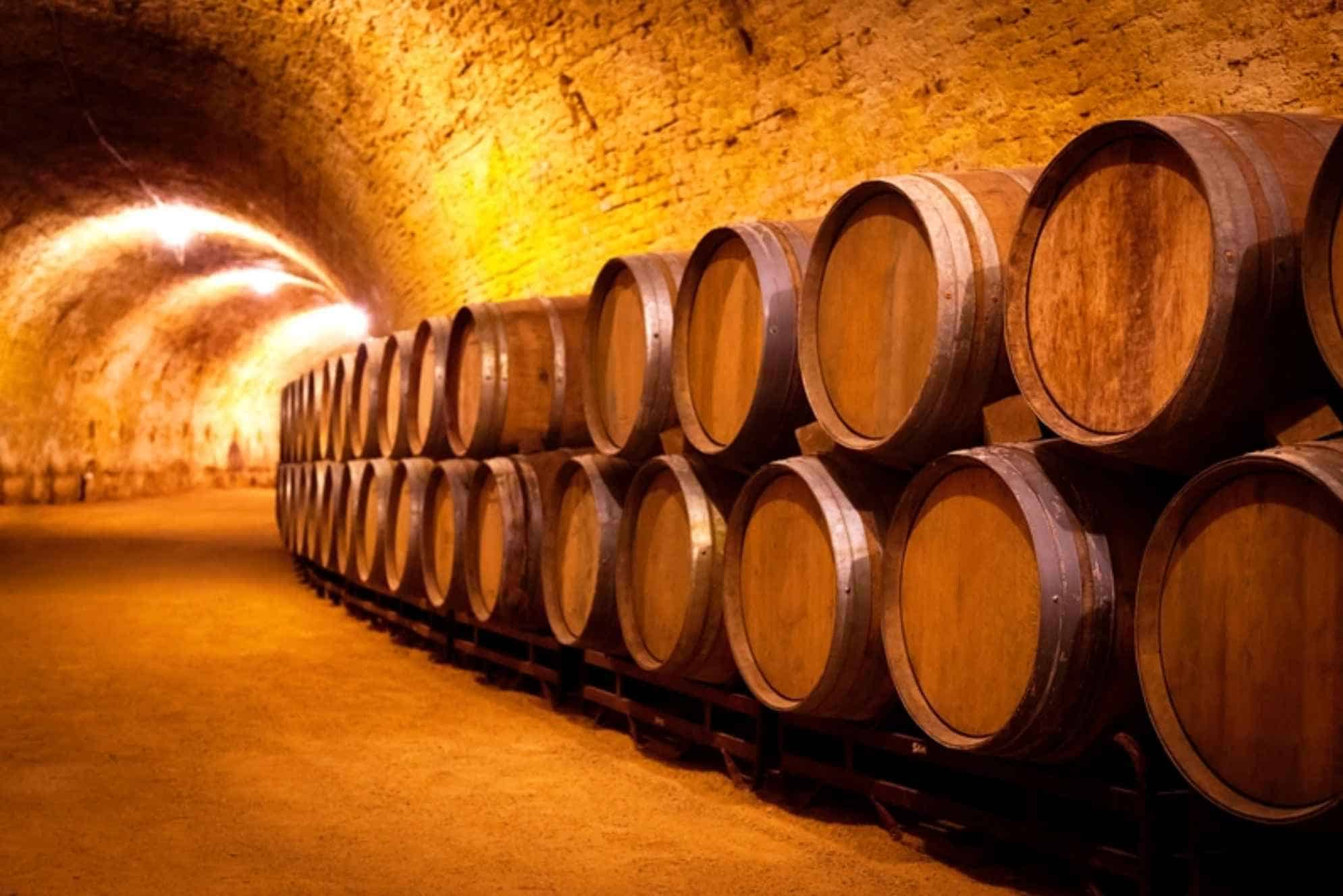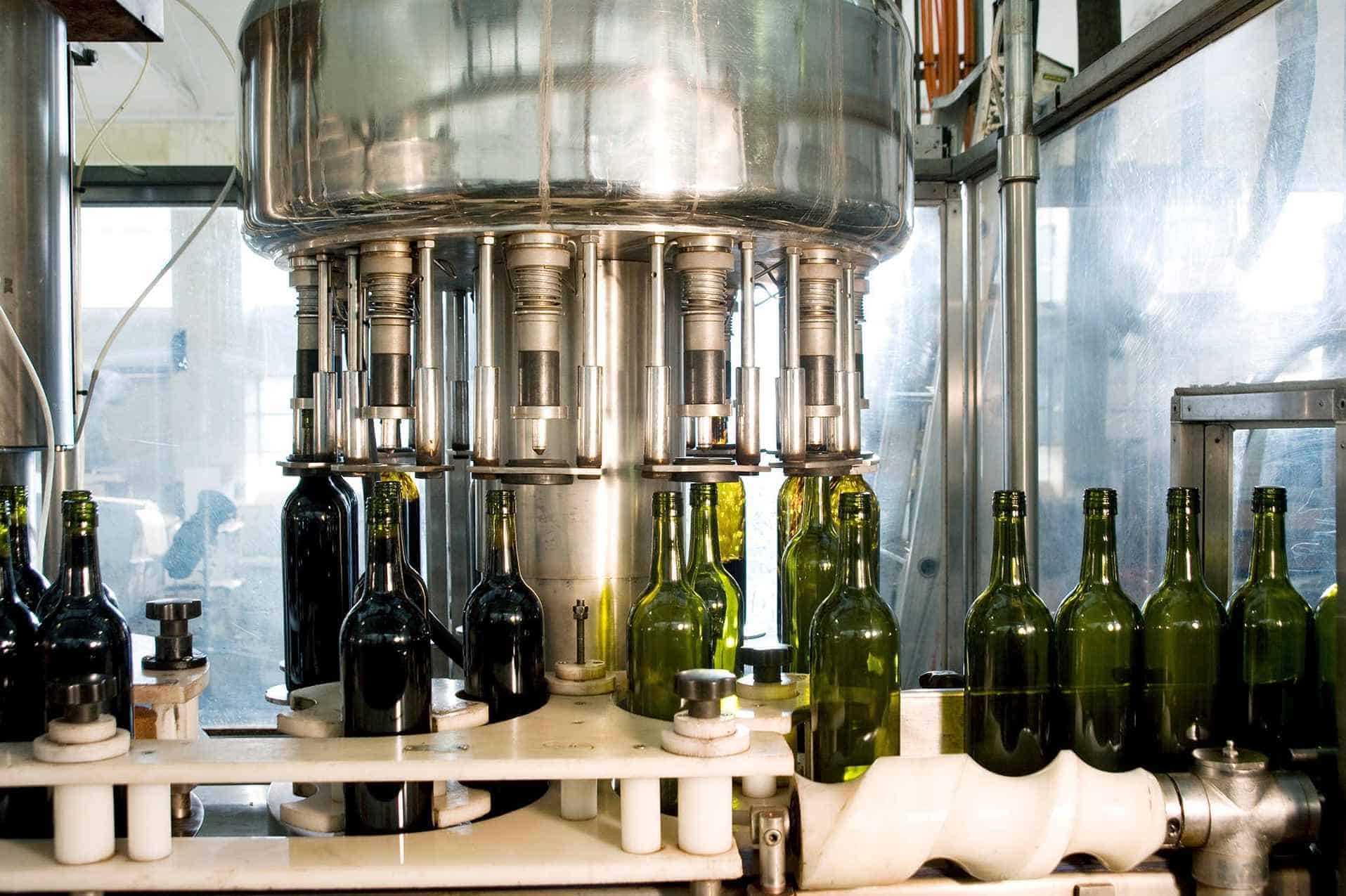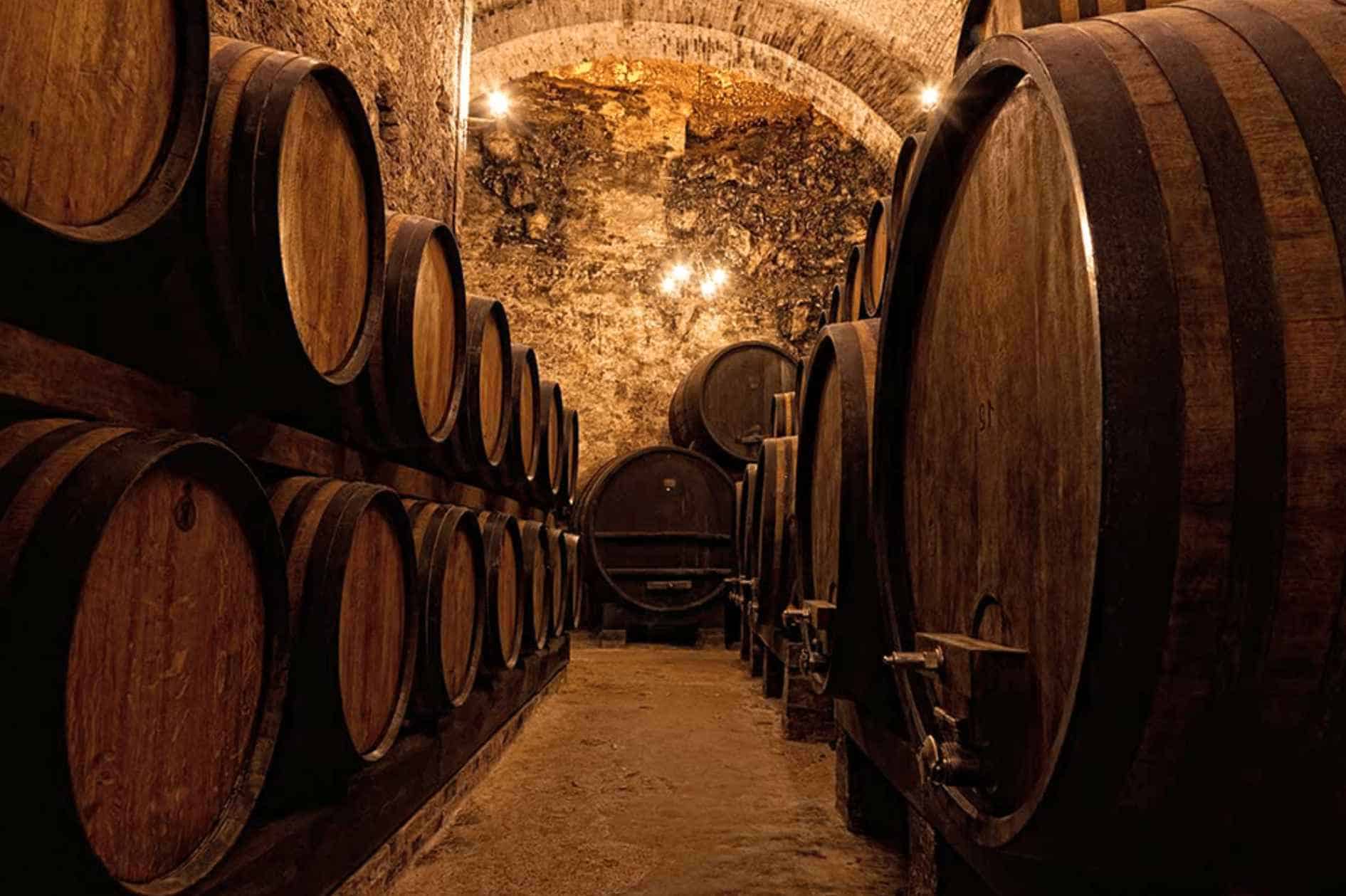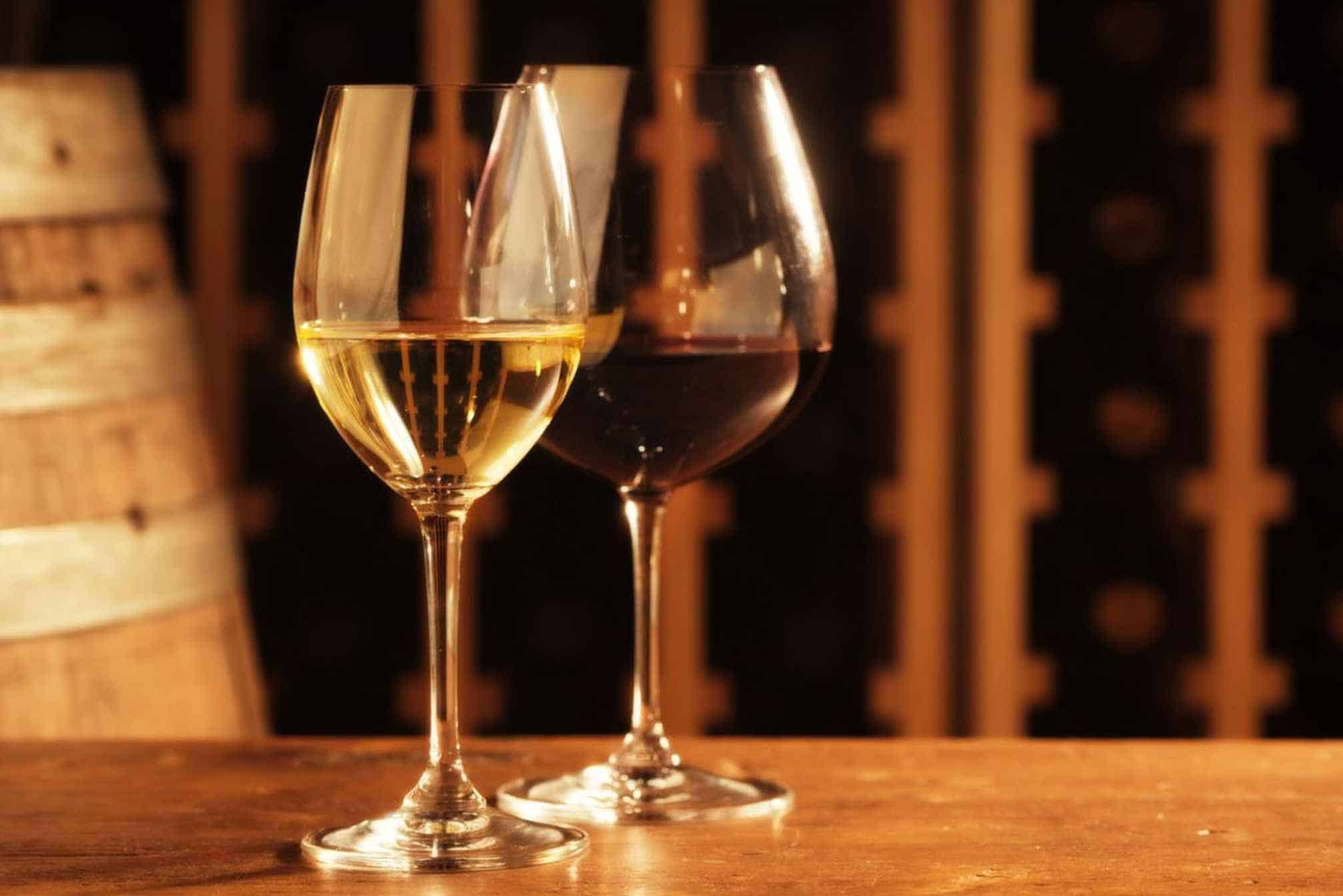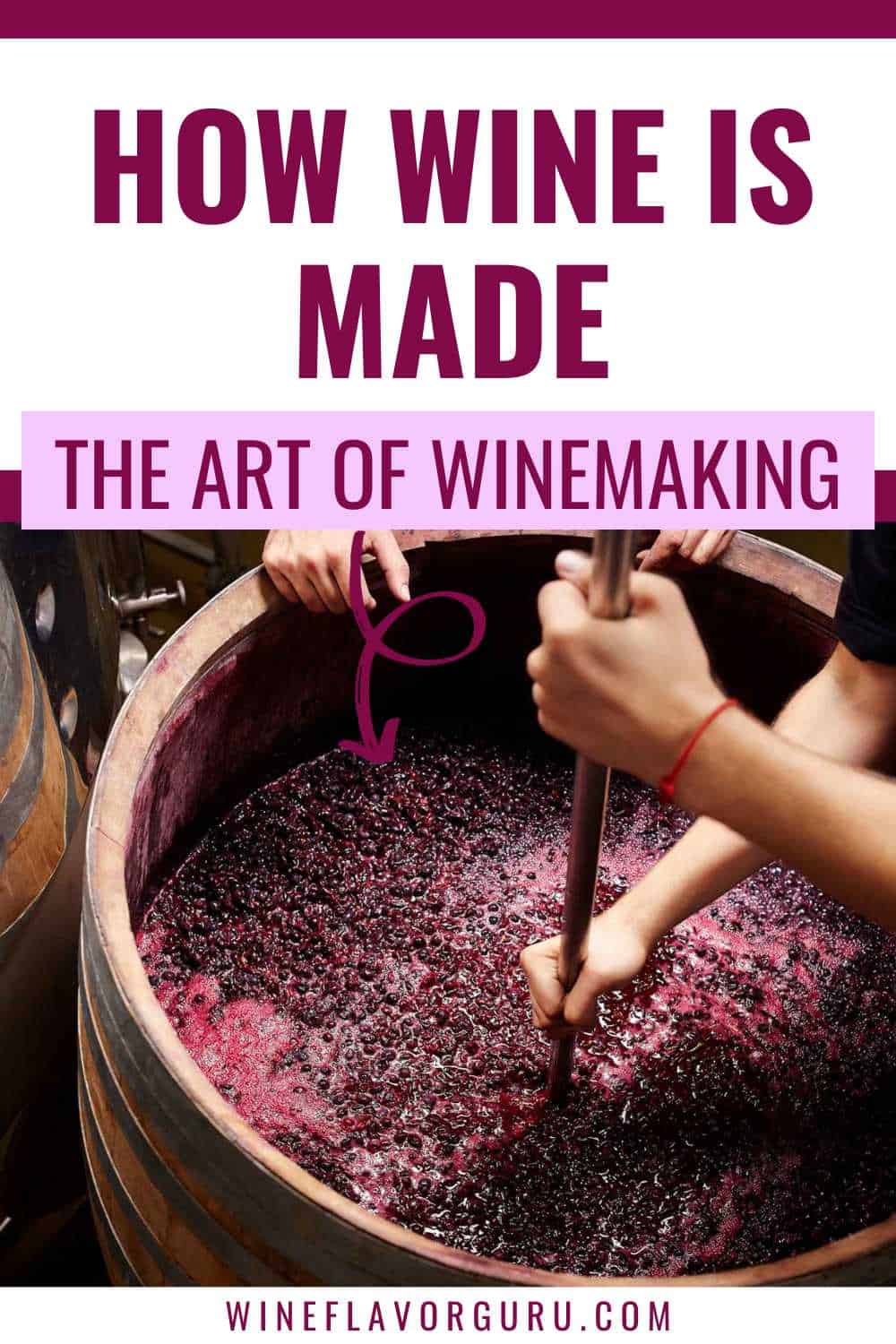Wine is one of the oldest beverages known to man. Have you ever wondered what goes into making a bottle of wine? It’s more than just grapes and fermentation; some may consider it art. Let’s explore the art of winemaking and take you through the process.
A step-by-step process of making wine
The process of winemaking has changed over time. Making wine is not as easy as picking, stomping, aging, and bottling. There is so much more than that. It will surely make you appreciate your next bottle of wine.
Harvesting
The first step in winemaking is harvesting the wine grapes. They pick the grapes from the vineyard and then transport them to the winery.
The most crucial part of this step is ensuring the grapes are perfect in ripeness. Between August and November is the best harvesting season in the northern hemisphere. While in the southern hemisphere, between February and April is the perfect season.
Crushing and Pressing
Winemakers will put the perfectly ripened grapes into the de-stemmer machine to separate the stems and grapes. Then they will crush the grapes without the stems. However, this process will differ depending on the wine they will make.
The grapes are crushed and pressed for white wines to quickly separate the juice from the skin. Then the juice will be transferred to a tank to settle and separate the sediments.
For the red and orange wines, the grapes are crushed and soaked for some time. By doing this, the color and tannic of the wine will develop.
Fermenting
This process is where the grape juice will turn into wine. It is the most crucial part of winemaking. The yeast will trigger the chemical reaction, which will produce alcohol.
The yeast can do this by converting the sugar content of the grapes into ethanol and carbon dioxide. Some winemakers also add different additives to the wine, like sweeteners and preservatives.
Aging
The aging process of the wine will improve the quality and taste of the drink. However, not all wines have the same aging process and can vary in time, place, and storage. Commonly, winemakers used oak-based wooden barrels to age wines.
Bottling
This step may look easy and irrelevant, but it is still essential. The best area to bottle wine is in low oxygen because it can destroy the complex flavors of the wine.
And some winemakers choose to age the wine in the bottle more before releasing it. After release, the wines are labeled and corked.
What are the best grapes to make wine?
Making wine will never be complete without knowing the best grapes to make it. There are over 10,000 varieties of grapes that grow in different areas of the world. However, not all grapes can make a bottle of wine.
Grapes have two classifications, wine grapes and table grapes. Wine grapes make wine. They have thicker skin that makes the wine tasty, high juice content, and are smaller in size, making them more concentrated in taste.
On the other hand, table grapes are the ones we usually eat and buy in the grocery. You can’t find wine grapes in the grocery because they are very delicate.
So now, what are the best grapes to make wine? These are the most prominent grapes used to make red and white wine.
1. Merlot
Merlot is a wine grape varietal that has dark blue colored skin that looks black. This grape is primarily grown in France, Italy, Canada, Australia, Turkey, Central Europe, Spain, and some parts of the United States.
Merlot produces medium to full-bodied red wines. It has moderate acidity, soft tannins, and moderate to high alcohol.
However, the taste of Merlot wines can vary depending on the climate of the place it is grown. Winemakers and wine enthusiasts call merlot a “chameleon” because of its adaptability to the climate.
2. Pinot Noir
Pinot Noir is one of the oldest cultivars of the domesticated Vitis vinifera species. It produces the most well-known wine and is well-loved by all different regions. It might be the most interesting type of grape, and it’s definitely the hardest to get right. Burgundy in France is where it is mainly associated.
Pinot Noir is used to produce only red wines, but now this grape variety is also used to make champagne, sparkling white wines, and English sparkling wines.
The taste of wines made from Pinot Noir may vary. If it is grown in cooler climates, it is light-bodied, and in warmer climates, it produces full-bodied with high alcohol content Pinot Noir.
3. Cabernet Sauvignon
It is the world’s most known red wine grape, widely grown in almost every major wine-producing country. Cabernet grapes grow in any climate and can survive insect infestations, making them loved by winemakers.
Cabernet sauvignon wines can be either single varietals or blends. Cabernet grapes are strong, often mixed with other strong grapes that go well with them. It produces lighter, more acidic wines in cooler areas while producing darker, more flavorful, and slightly acidic wines in warmer climates.
4. Syrah
Syrah grape is also known as Shiraz. Many argue about the origin of this grape variety. But one thing is for sure, the modern viticultural of Syrah is in Eastern France, the Northern Rhone Valley. Syrah is also one of the most planted grapes in Australia, and they call it Shiraz.
Syrah is known to produce full-bodied, dry red wine. Warmer climates for Syrah cultivation result in wines with juicier fruit, softer tannins, and additional spice flavors. However, it is less jammy fruit, stronger spices, more earthy aromas, and finer tannins in cooler regions.
5. Grenache
Grenache is the reason why there are the world’s most delicious and expensive red wines. They thrive in hotter regions like Spain, Australia, and the Italian island of Sardinia.
Grenache is easily identified by skilled blind tasters thanks to its unique candied fruit roll-up and cinnamon flavors. It produces medium-bodied wine but has a high alcohol content.
6. Sauvignon Blanc
Sauvignon Blanc is a green-skinned wine grape. It is commonly grown in France, Australia, Chile, Romania, and the US.
It has a zesty aroma that is the most popular white wine in the world. Like any other wine grape, the flavor of Sauvignon Blanc may also vary.
In cooler areas, it has high acidity with “greeny flavors,” along with tropical and floral notes. While in warmer regions, it offers more notes of tropical fruits. But it can become easily overripe and lose its aroma.
7. Chardonnay
Chardonnay is a green-skinned wine that produces a very special white wine. The variety of this wine originated in Burgundy, Eastern France. But now, they are widely grown in North America, Australia, New Zealand, Italy, and South Africa.
The flavors of Chardonnay are typically associated with wine that comes from terroir and oak. They often have a medium to light body, notable acidity, and flavors of pear, apple, and green plum in cool areas. And in warmer climates, they become more melon, peach, and citrus.
How to increase the alcohol percentage in wine?
Wine will never be complete without a hint of alcohol. As the wine ages, the alcohol will serve as a preservative. Wine also has a strong antimicrobial agent.
The amount of sugar in wine is directly related to how much alcohol level in it. A glass of wine’s alcohol level is equal to its percentage by volume, which is also known as “ABV” or “alcohol by volume.”
Wine enthusiasts say that wines with more alcohol have more “body” and “sweetness.” The average amount of alcohol in a bottle of wine is between 11% and 13%. Still, if a winemaker wants to make a wine more alcoholic, they add more sugar while the wine is fermenting.
Winemakers will ensure that the sugar added to the wine is completely dissolved. It is what makes the fermentation process the most important aspect of winemaking, as it is where the wine’s quality and alcohol content are determined.
What are the differences between making red and white wine?
One of the most obvious differences in making red and white wine is the grapes used. But it is far beyond that. It is just the basic difference.
Winemakers ferment red wine with skins and seeds of the grapes, while they remove the skins and seeds in white wine, leaving just the juice to ferment. The skins and seeds of the grapes give red wine its color.
Another difference is where they store to ferment the wines. White wines use stainless steel tanks. The purpose of winemakers using stainless steel tanks is to reduce the oxidation in white wines. It will maintain the fresh, fruity flavor of the wine.
On the other hand, winemakers ferment red wines in oak barrels. It will increase the wine’s oxidation, influencing the rich, smooth flavor of red wine.
Summary
It’s clear that making wine is an art. But it’s also a science. There are so many factors to consider in making wine. It takes a lot of time, effort, and knowledge to make a high-quality, delicious wine. And knowing how wine is made will make you appreciate every sip.

George Moore, co-founder of Wine Flavor Guru, is a charismatic entrepreneur with a rich background in California’s wine industry. Alongside Sylvia, he transformed a Sonoma County vineyard into a source of premium wines. George’s expertise in sourcing exceptional grapes and his approachable style make wine appreciation both accessible and engaging.
